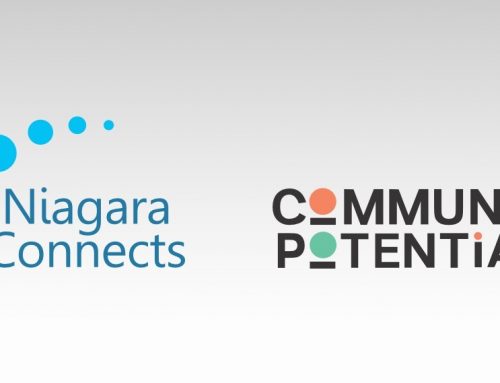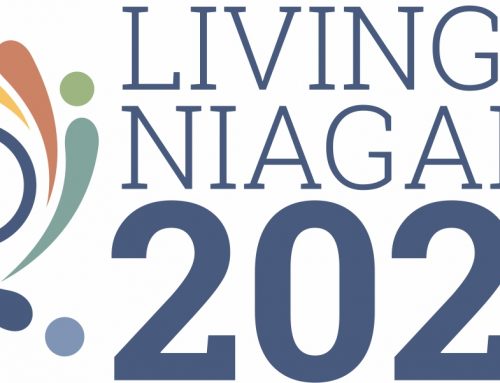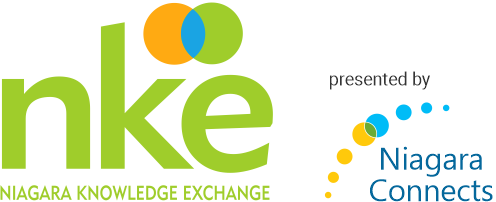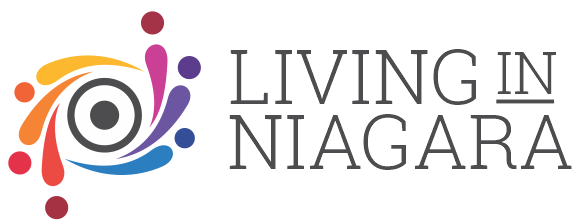This blog is part of a 7-part series about Mental Health in England. Check out the links below to read other blogs in this series.
My second site visit during the peer-to-peer exchange component of the International Initiative on Mental Health Leadership Exchange was to Derbyshire Healthcare. Formed in 2002, this Foundation Trust serves a population of 1 million in the midlands of England. They provide a wide range of mental health services including hospital and community services for adults and children. Part of our tour included a look at their Annual Report. The report contained the usual program descriptions and year-end evaluation, but what was interesting was that a large section of the report was devoted to detailed statistical analysis of workforce development. Examples of the detailed analysis included items such as the percentage of staff experiencing harassment from other staff or percentages of employees hired based on sexual preference. What made these reports intriguing was that they not only had internal targets, but that they were all matched against annual national averages.
Implications for Niagara
Statistically speaking, in our mental health and addictions sector, we generally compare apples to oranges. In the examples noted from what I learned on my trip, they definitely seem to have bushels of apples to compare across the sector. Of course, collecting bushels of apples requires an extensive and sophisticated process. In Canada, or at least Niagara, that remains a challenge.
The type of workforce development statistics used in the UK would enrich our current operational context. I believe our organizations are not necessarily ready for this level of detailed analysis. However, ready or not we are headed in this direction. The new provincial budget for Ontario comments on a new funding model for the health sector, linking population need, quality improvements, and sector integration. In my opinion that requires even more data collection and analysis than is presently requested.
Agencies in Niagara are facing increasing demands for data analysis with a focus on comparing and contrasting services across regions in Ontario for efficiency and effectiveness. The benefits of gathering this data are greater accountability and transparency to both the public and our funders. The potential implication is that only the big will survive to produce this level of data. Or…Can we do it differently in Niagara? Our Niagara Mental Health and Addictions Charter asks that we do it differently and cooperatively. The question remains: can we integrate our system of services with shared data that will meet the impending onslaught of new demands from our funders?
George Kurzawa
Executive Director
Canadian Mental Health Assocation, Niagara Branch
gkurzawa@cmhaniagara.ca
Other Blogs In This Series:
- Part 1: Mental Health in England – Peer-to-Peer Exchange
- Part 2: Mental Health in England – Can Private Be Better?
- Part 4: Mental Health in England – What Does Smog Have to do With Mental Health?
- Part 5: Mental Health in England – Real Outcomes for Real People an Beyond
- Part 6: Mental Health in England — Values and Core Competencies Trump Skill
- Part 7: Mental Health in England — Suicide and Collaboration, How Community Can Save Lives








